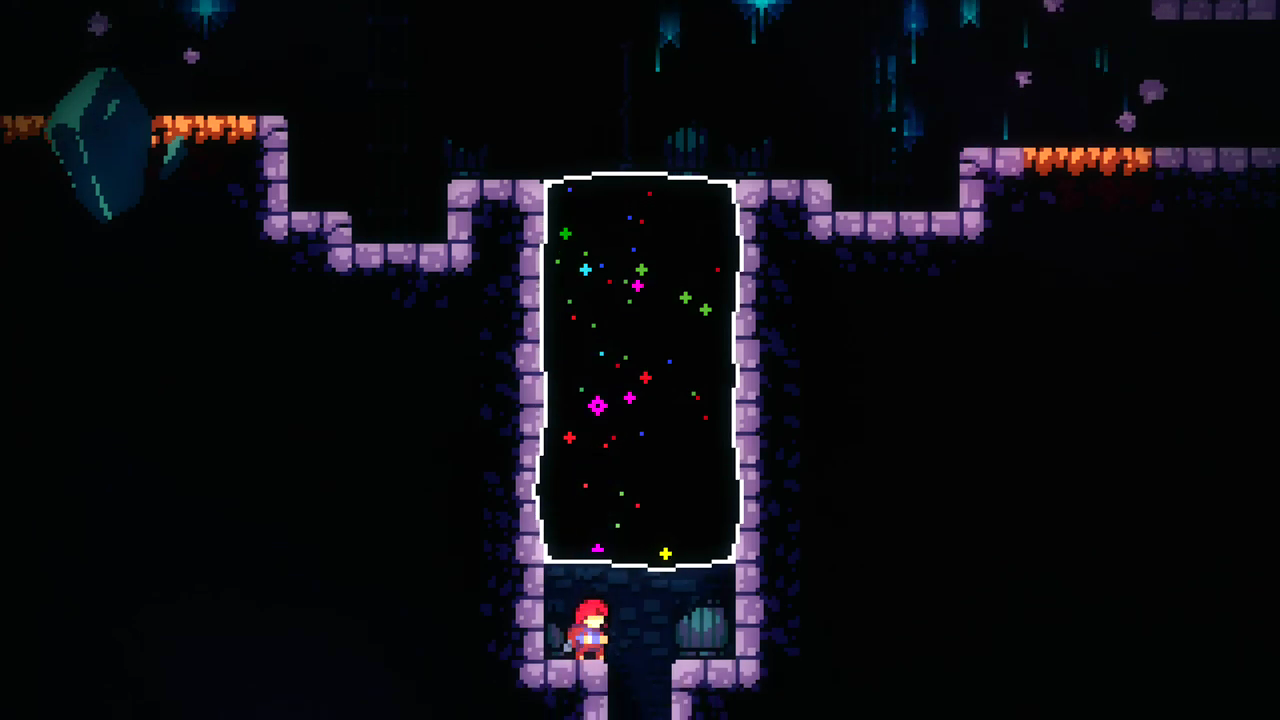
There hasn't been any labbing done for the Easy difficulty, so using this difficulty may give you screens that are harder than expected.There are not a huge number of dashless screens, which means you may have to supplement from the base game/other mods to generate larger/interesting dashless maps.Here's a estimate of the pool size for each difficulty (all routes and dash numbers): If you find new routes or would like to suggest tweaks or changes to difficulty ratings, feel free to contact me!Ĭhoosing a difficulty means any room can be included that is at that difficulty or lower. The current difficulty ratings for each screen and other information on routing can be found in the documentation here. If you haven't, some screens may be harder than the ratings imply. The ratings are based on difficulty of execution and assume that you have played the D-sides before. The difficulties are intended to be equivalent to the vanilla randomizer difficulties, which are defined here. The config is included by default within the D-Sides pack, and the D-Sides will be available in the randomizer level select screen.

Running mods with Celeste requires you to have installed Everest. The config is designed to be compatible with the Celeste Randomizer.įor the best experience, it is recommended to play the D-Sides first before playing the randomizer add-on. The proposed methods pave a new efficient way to develop water-soluble photo-absorbers, which helps to greatly improve the printing resolution of the high-water-content hydrogel structure and would be beneficial to extend the application scope of hydrogels.This is a collection of randomizer configuration files and routing descriptions for the D-Sides pack of maps for Celeste. Moreover, the quercetin nanoparticle can be easily washed out so that we achieve colorless and transparent printed hydrogel structures with excellent mechanical deformability and biocompatibility as well as thermally controllable variations on transparency and actuation. After using these water-soluble photo-absorber nanoparticles, the highest lateral and vertical resolutions of printing high-water-content (70–80 wt%) hydrogels can be improved to 5 μm and 20 μm, respectively. Herein, we report a volatile microemulsion template method that converts a wide range of commercial non-water-soluble photo-absorbers including Sudan orange G, quercetin, and many others to water-soluble nanoparticles with solubility above 1.0 g mL −1.

However, the current photo-absorbers for hydrogel printing are neither efficient to absorb the excess light nor water-soluble. Using DLP to print hydrogel structures with high resolution requires the addition of water-soluble photo-absorbers to absorb excess light and confine photopolymerization to the desired area.

Digital light processing (DLP)-based three-dimensional (3D) printing is an ideal tool to manufacture hydrogel structures in complex 3D forms.


 0 kommentar(er)
0 kommentar(er)
